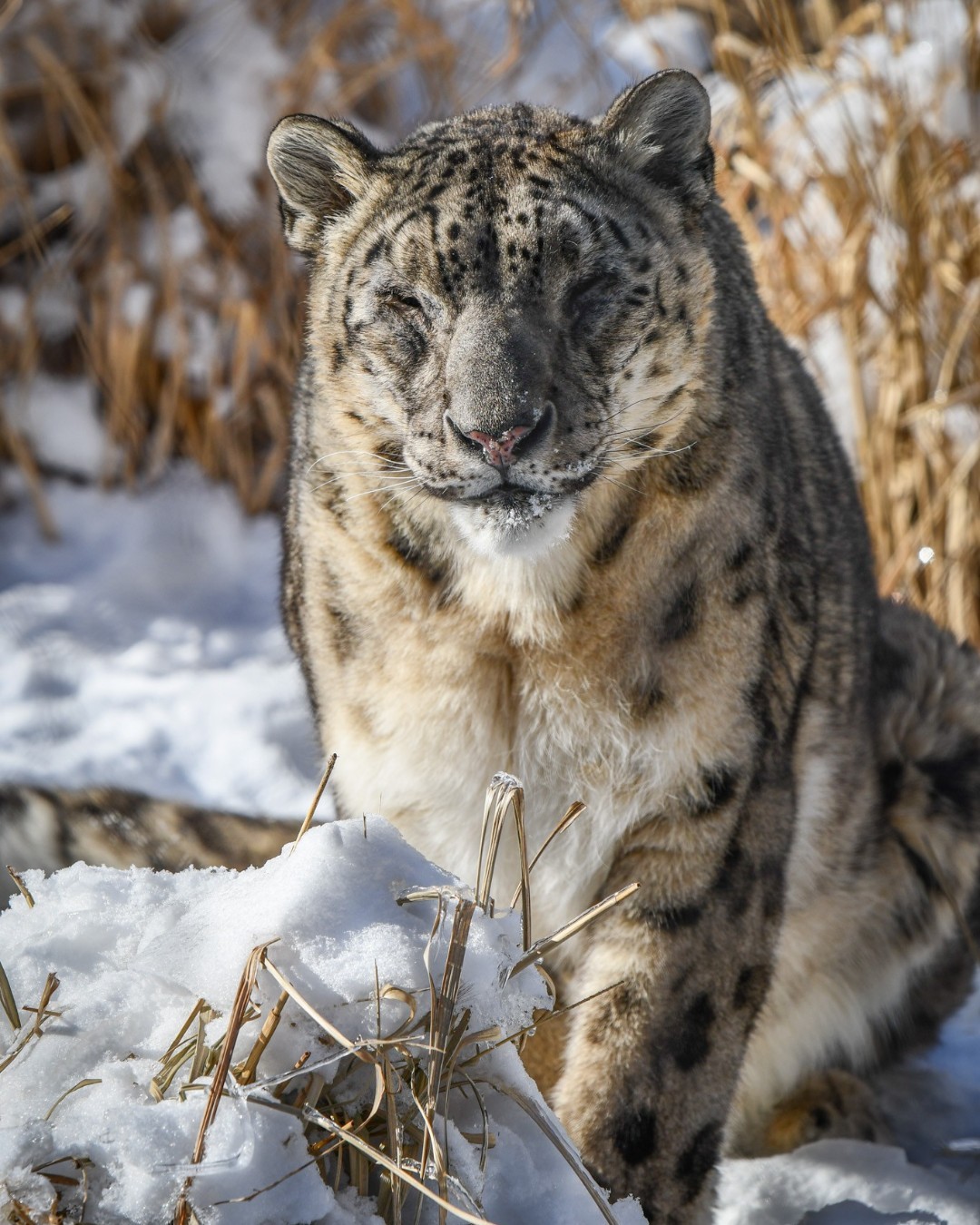- Introduction to Kimti the Snow Leopard and her adaptability to various weather conditions.
- The significance of snow leopards in ecosystem balance and conservation efforts.
- The role of zoos in wildlife conservation and education.
- Seasonal activities and interactive experiences available to zoo visitors.
- Guidance on how to engage with and support conservation efforts.
Introduction to Kimti the Snow Leopard and Her Adaptability
Kimti the snow leopard is a majestic creature, celebrated at the zoo for her versatility and adaptability to different climates. As a species, snow leopards (Panthera uncia) are renowned for their ability to thrive in the harsh, snowy terrains of Central Asia, yet they display remarkable behavioral flexibility that enables them to adjust to seasonal changes. Kimti embodies this adaptability, adorning her thick, insulating coat during winter yet appearing equally content under the gentle rays of the sun in milder seasons. Exhibiting such resilience, Kimti provides an engaging subject for zoo visitors who are curious about how these animals manage to survive and flourish across various environmental backdrops.
The Significance of Snow Leopards in Ecosystem Balance
Snow leopards play a crucial role in maintaining the balance within their mountainous ecosystems. As apex predators, they help regulate the populations of herbivores such as blue sheep, ibex, and other prey species. This control prevents overgrazing, which can lead to soil erosion and negative impacts on plant diversity. Given that Kimti is a representative of her wild counterparts, she serves as an ambassador, educating guests on the importance of her species.
Conservation efforts for snow leopards are vital, as these animals face threats from habitat loss, poaching, and climate change. According to the International Union for Conservation of Nature (IUCN), snow leopards are classified as vulnerable. Zoos play an integral role in conservation by partaking in breeding programs and research efforts to boost population numbers and genetic diversity. Kimti’s existence at the zoo underscores the pressing need for enhanced protective measures, inspiring visitors to support habitat preservation and anti-poaching initiatives.
The Role of Zoos in Wildlife Conservation and Education
Modern zoos are not just places for display but serve as centers for wildlife conservation and education. They offer unique opportunities for research on animal behavior and physiology, which can be crucial for devising effective conservation strategies. Zoos contribute to the global effort of protecting endangered species, functioning as reserves capable of rehoming animals back into the wild when conditions permit.
Educational programs at the zoo leverage the stories of animals like Kimti to impart critical lessons about biodiversity and ecosystem management. Interactive exhibits and informative signage help visitors understand the intricate web of life in which each creature plays a part. Furthermore, zoos provide a firsthand look at the beauty and majesty of wildlife, fostering a sense of appreciation and responsibility for the natural world.
Seasonal Activities and Interactive Experiences Available to Zoo Visitors
Whatever the season, the zoo offers a variety of activities and experiences that allow visitors to connect with wildlife. In the winter months, guests can witness how Kimti and other animals adapt to colder climates. Special educational talks delve into the specifics of animal adaptations to snow and ice. As snow-melt and warmer days arrive, the zoo features seasonal tours that explore how different species adjust to the changing environment, focusing on behavioral changes and habitat use.
The zoo also organizes interactive sessions such as feeding demonstrations and behind-the-scenes tours, offering visitors insights into the daily care and management of animals like Kimti. These activities provide an immersive experience, enriching the public’s understanding of the natural behaviors and needs of different species.
Guidance on How to Engage with and Support Conservation Efforts
Individuals visiting the zoo have the opportunity to engage with conservation efforts in meaningful ways. Educational workshops and volunteer programs provide platforms for learning about conservation and participating in zoo initiatives. Visitors are encouraged to support conservation projects financially, as donations and sponsorships are critical for funding habitat protection, research, and anti-poaching measures.
Advocacy and awareness are powerful tools; spreading information about the plight of species like the snow leopard can lead to broader societal changes. As guests engage with Kimti’s story, they learn that every contribution counts towards ensuring the survival of these magnificent creatures. By visiting the zoo, individuals not only enjoy the wonder of the natural world but also help protect it for future generations.
Through Kimti’s engaging presence and the varied educational offerings, the zoo highlights the magnificent balance between snow and sun that shapes the existence of these awe-inspiring creatures. As one participates in zoo activities, the opportunity arises not just to observe the wonders of nature but to actively partake in its preservation and celebration.
*****
Source Description
❄️Snowflakes or 🌞 sun rays, Kimti the snow leopard loves it all! How about you? Still have snow fever or are you eagerly awaiting the thaw?
No matter the season, your Zoo is open for adventures! Visit us 10 a.m. – 4 p.m. (exit by 5 p.m.)
📸 Callie Wells


